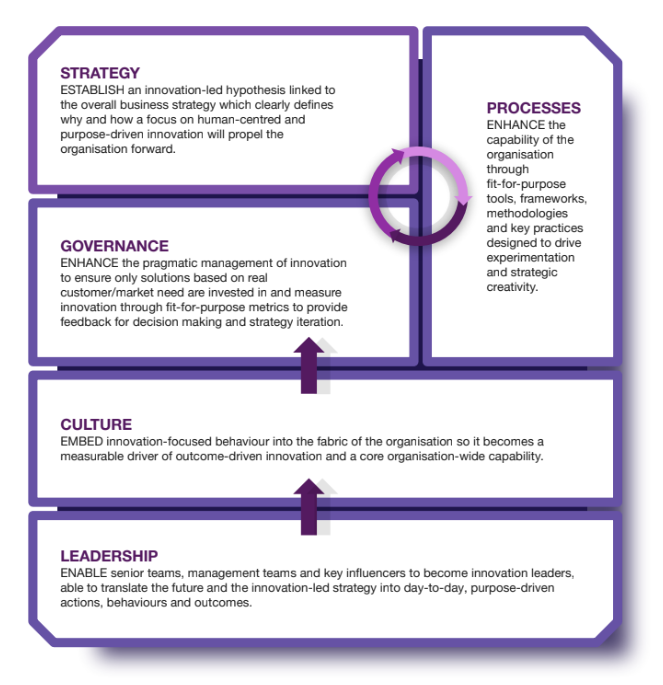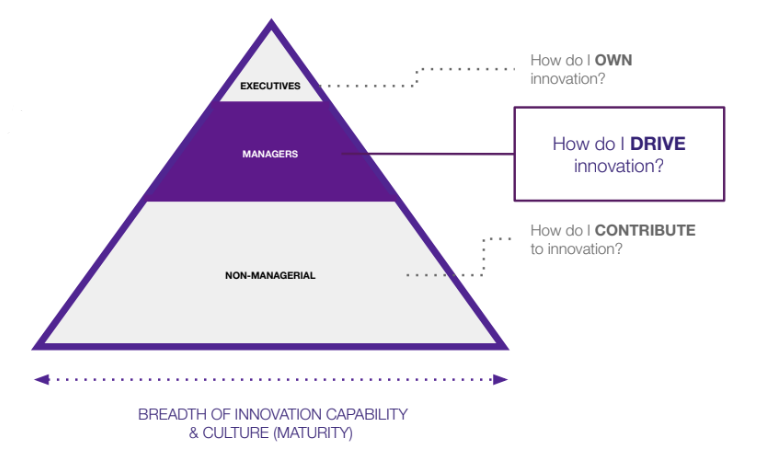Recently Hildegard Wortmann, Audi AGs member of the board of management responsible for Sales & Marketing, said that there is only a 50% chance that Audi will still exist in 10 years. As alarming as this might sound, her perspective is probably rooted in acknowledging that the company cannot adapt quickly to changing customer preferences.
In other words, the speed of change in the market is higher than the speed at which the company can meet those changes, making it challenging to remain relevant.
This fear seems to have substance, with Audi finance and legal boss Arno Antlitz confirming that the brand’s new model development cycles will remain at six-seven years.
So what can Audi do about this?
When there’s a mismatch between what a company is producing and what the market wants to buy/consume, a company’s days are numbered.
It is common for companies to fail due to the inability to adapt fast enough to changing market conditions; see the cases of Blockbuster and Kodak, to name a few.
Adapting to new market conditions means, first and foremost, learning about and keeping pace with the market and consumption patterns. This is as true in fashion as in automotive, IT or even banking.
Therefore, like many other complex global brands, Audi needs to focus its capabilities towards optimizing its learning cycle. In essence, the company needs to build an innovation system to help them learn faster about the market and shifting customer preferences. An innovation system that puts learning velocity at the centre of each decision and shapes the corporate culture for agility and swiftness in execution.
In an innovation system designed around speed and customer centricity:
- Strategy is treated as assumptions to be tested and is constantly reviewed as customer and market insights from innovation teams become available.
- Decision makers make go/no-go decisions with frequent cadence concerning every item in the portfolio. That means weeks, not months or years.
- Decisions are based on evidence, not gut feelings or ‘watercooler politics’. Teams are incentivized to move fast and put the end customer at the centre of every decision. Any sense of corporate politics is eradicated.
- A culture that encourages transparency and an active role in innovation is fostered across the organization. The company’s leadership is focused on improving the system and not protecting any product to the detriment of another.
In essence, Audi needs to build a system that will work regardless of what the future might hold. A system not designed for one type of technology but for a certain mindset, a future-focused mindset. A system allowing them to prospect the future efficiently and double down with decisiveness once something promising is identified. A system that will enable the brand to be proactive about the future.

What are the implications for Audi’s leadership?
So, what will leadership need to look like to deliver on that vision of an innovation, future-focused and customer-centric culture? In the same way, the board have made declarations of commitment; the entire Audi leadership team will need to take complete ‘Ownership’ of the innovation agenda and culture it requires. Ownership is a critical component of accountability, and Audi leaders must fully understand accountability at its core to lead for innovation.
Complete ownership of the desired outcomes Audi wants and constantly reinforcing the vision that will deliver them is, in part, true ownership and, thus, authentic leadership. The growing complexity in the world we all have to operate in means all organizations need to constantly iterate and redesign their leadership frameworks, approaches to leadership development and executive education to remain relevant and stand a chance of shaping the future.

One of the great examples of this has been demonstrated by Satya Nadella’s approach to a growth mindset at Microsoft. With a focus on shifting from a ‘know-it-all’ culture to a ‘learn-it-all’ culture, a growth mindset is a core component of leading for innovation. When we coach senior leaders on building a culture of innovation, we focus on ownership, alongside a growth mindset and becoming ‘learners’. Combine that with the psychological safety required for high-performing teams, and you have the recipe for the world-class leadership and culture necessary for shaping the future.
Many companies have faced similar challenges to Audi. And the ones that made the appropriate changes to the way they innovate have become stronger as a result. Take, for example, Norway’s largest (and oldest) financial group, DNB. At DNB, we built an innovation system that allows the company to probe the future without overcommitting to any single option until they know, with certainty, what the market desires and will accept.
In the words of Ingjerd Blekeli Spiten, Group Executive Vice President of Retail banking at DNB:
“We have established an innovation system now, with great success. There we test all new ideas systematically and thoroughly so that we quickly see what should be worked on further and what should be shelved. Everything is documented so that we avoid those ideas that come up again and again and have to be tested again every time.” (source)
Under conditions of uncertainty, a company wins if it learns fast enough. A company learns when its people, and especially its leaders learn and take complete ownership of the desired outcomes they want for the future. The organizations that will survive and prosper in the future are the ones that are now transitioning to become innovation-led learning organizations.
This article was previously published on Outcome.
